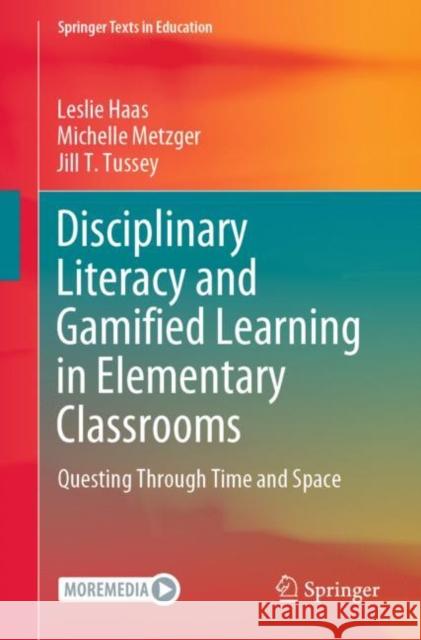Disciplinary Literacy and Gamified Learning in Elementary Classrooms: Questing Through Time and Space » książka
topmenu
Disciplinary Literacy and Gamified Learning in Elementary Classrooms: Questing Through Time and Space
ISBN-13: 9783030803483 / Angielski / Miękka / 2022 / 206 str.
Kategorie:
Kategorie BISAC:
Wydawca:
Springer
Seria wydawnicza:
Język:
Angielski
ISBN-13:
9783030803483
Rok wydania:
2022
Wydanie:
2021
Numer serii:
000794579
Ilość stron:
206
Waga:
0.27 kg
Wymiary:
23.39 x 15.6 x 1.04
Oprawa:
Miękka
Wolumenów:
01
Dodatkowe informacje:
Wydanie ilustrowane











